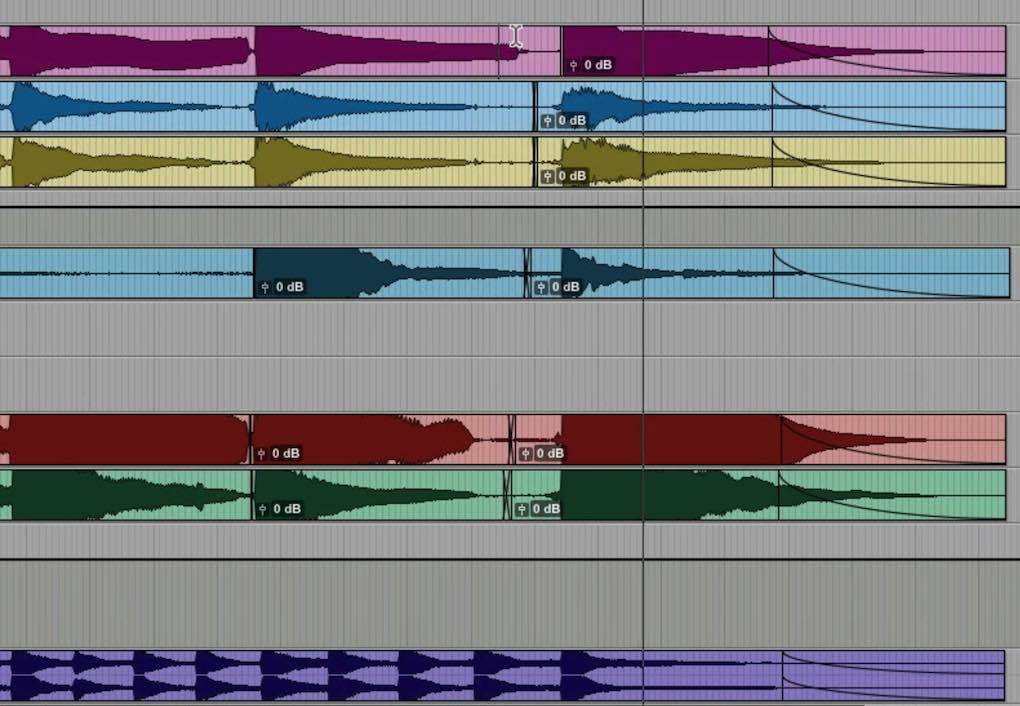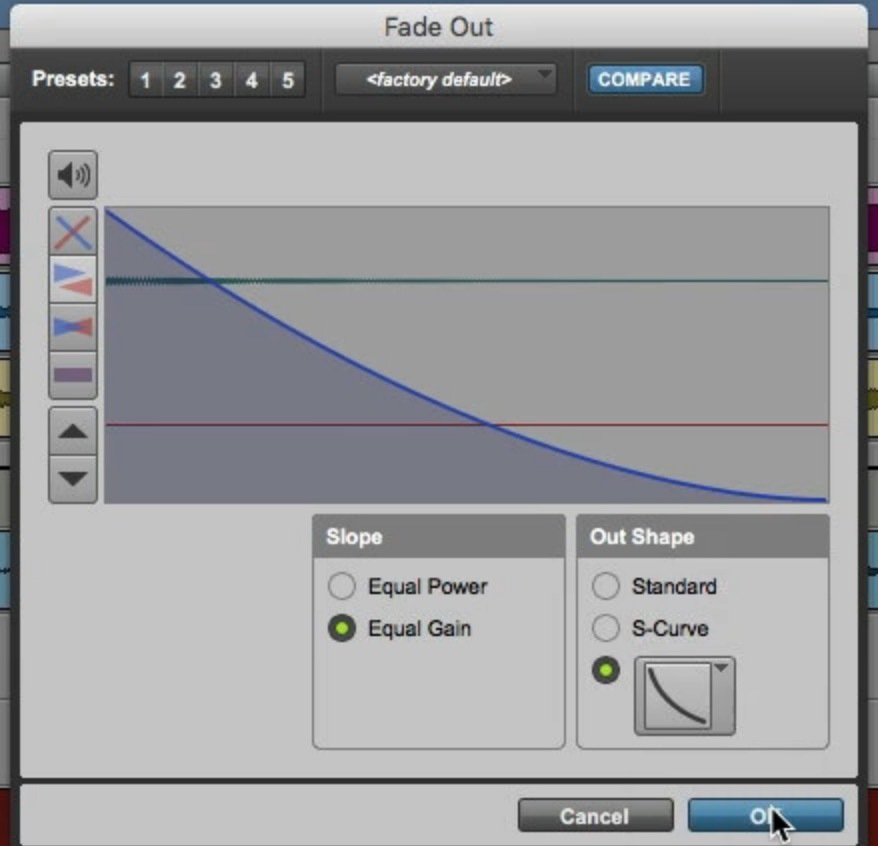- in Production by Bobby Owsinski
- |
- 2 comments
The Secret To Smooth Song Endings

One of the problems that I consistently hear in the song and mix critiques that I do is uneven song endings. The majority of them have endings where the tail of the reverb or the fade is cut off, or the fade on the last note isn’t smooth. The problem is that anyone that listens that far will instantly place the song in the demo category when that happens. Yes, really! Have you ever heard that happen on a major label release? Have you ever heard that happen after a song is mastered by a competent engineer? Let’s look at how to get those smooth song endings that you might have overlooked before.
You Can’t Fade It If You Can’t Hear It
First of all, if you’re not putting a fade across all the mix elements on the end note, that’s the place to start. While you can use a straight linear fade, you might find that an exponential fade (see the graphic below) actually sounds better. Try both.

After that, either turn your monitors up or put on a set of headphones, because you want to be able to track the fade all the way to silence. The only way to hear that is by cranking up the level (don’t worry, it won’t hurt anything if you’re just listening to the fade) or strapping on a set of phones on and cranking it there.
As soon as you get to silence after the fade, that’s where you put your end point for your mix export. Congratulations, you now have a smooth and professional-sounding ending.
Now if you’re sending your song out for mastering with a real engineer, the mastering engineer will do that for you and do any fixes to the ending if needed. The only way for that to happen though, is if you provide enough of the decay tail for the engineer to do his or her stuff. Either way, follow this process every time and you’re mixes will be a lot better for it.
The Ending Elephant In The Room
I just gave you the simple formula for a smooth ending, but it’s still not going to sound as pro as you need it to be if you have instruments cutting off at different times during the fade. The ideal ending has all mix elements holding that last ending note for as long as possible, that way the end fade will always sound smooth. This is what happens when you use studio musicians. They all know to hold that last note as long as they can, but most musicians that don’t yet have that studio savvy (or have not been beaten up by an experienced producer) don’t realize what’s needed. The result sounds disjointed even if you get the rest of the fade right.
So what do you do if the drums ring for 3 seconds, the guitar cuts off at half a second and the bass cuts out at 1 second? At that point, you have two choices. The easiest is to make sure everything cuts off with the shortest mix element, which in this case would be the guitar. We’d cut the fade of the bass and drums off at .5 seconds, then make sure that the same fade is applied to them all. This might take a little experimentation to find the right fade curve to make it sound right (exponential works well here). Check out the graphic at the top of the page for what this might look like on a DAW timeline.
Another alternative is to use time correction to elongate the last note of the guitar or other mix element so it’s the same length as the other mix elements. Choose the one that sounds best, but make sure you pick one and execute it.
The problems with smooth song endings is that they’re so often overlooked or worked on as an afterthought. They’re really important if your goal is a professional sounding mix though. Try the techniques outlined above and you’ll be glad you did.

